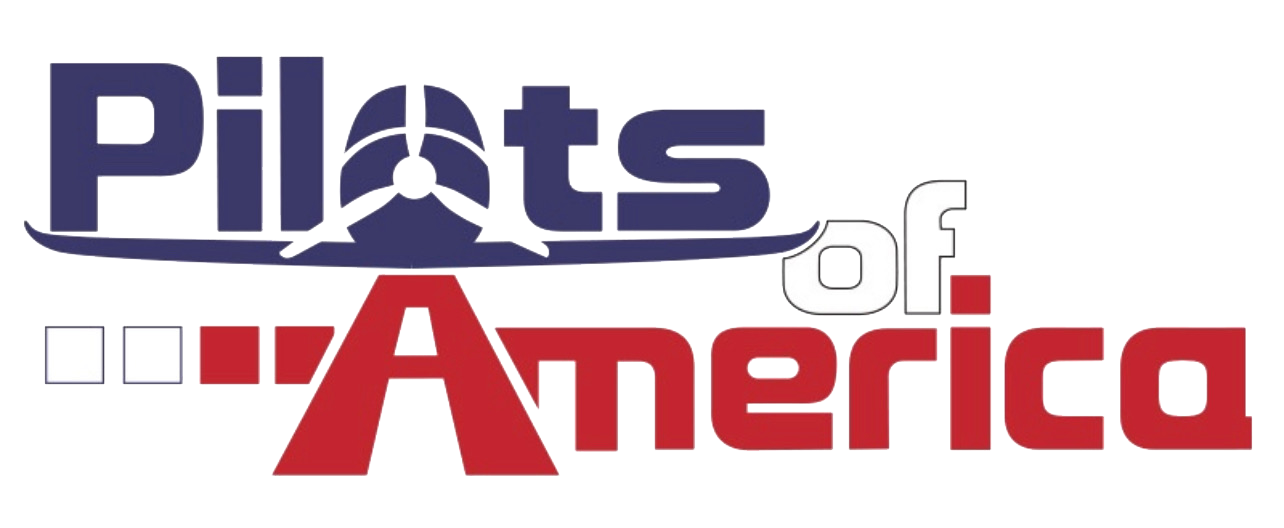bnt83
Final Approach
Any one here used one? What did you think of it?
http://www.mcfarlaneaviation.com/Products/?PartNumber=TOOL108&
http://www.mcfarlaneaviation.com/Products/?PartNumber=TOOL108&
I think the "mass" ( or center of gravity) of the small wheels will not give you much of an indication of being balanced. I can't think of the right words to describe what I mean. I've used similar devices to balance ultralight props without good success. JMHO.
I think the balancer on the right is way more accurate to find the heavy side.
I'm thinking about a the harbor freight axle type like the one on the right also.
I think the "mass" ( or center of gravity) of the small wheels will not give you much of an indication of being balanced. I can't think of the right words to describe what I mean. I've used similar devices to balance ultralight props without good success. JMHO.
I think the balancer on the right is way more accurate to find the heavy side.
Not really, we used this type of balancer on the props of the P3.
The sensitivity of the unit will depend upon how it is adjusted. when the string attach point is farther to the top it becomes less sensitive, the farther that attach point is to the bottom the more sensitive it becomes.
I see it's adjustable
The theory is good ,, how well it actually works, who knows? Like all tools, their ability to do the job is in the hands of user.
For nearly $200 it ought to be SUPER DUPER ______________.
That thing, like the other "aircraft" balancers, is to get a static balance. Nosewheels don't do well with static balance any more than the front wheels on your car, and will shimmy if there's a dynamic imbalance. To get that fixed, the wheel has to spin. I used to use an old auto dynamic balancer, modified to take the aircraft wheels, and my nosewheels didn't shimmy.
Dan
Any one here used one? What did you think of it?
Way overpriced, and static balancing isn't as good as spin. Remember, those itty-bitty tires are doing a LOT of RPMs.
Go to Harbor Freight and spend $40 on a motorcycle wheel balancer, and you'll never be sorry.
That's a static balancer. It won't identify dynamic imbalance. Machines that do that have sensors on each end of the axle, and old non-electronic ones had the axle mounted on a diagonal pivot with a dial indicator and a means of marking the axle as it spun. Way more than $40 for any such balancer.
Dan
Just an observation. They balance all these jets (Hawker, Lear, Citation, Embraer, Challenger) nose wheels assemblies here with a static axle balancer. The same thing with the initial balance on props.
That's a static balancer. It won't identify dynamic imbalance.
